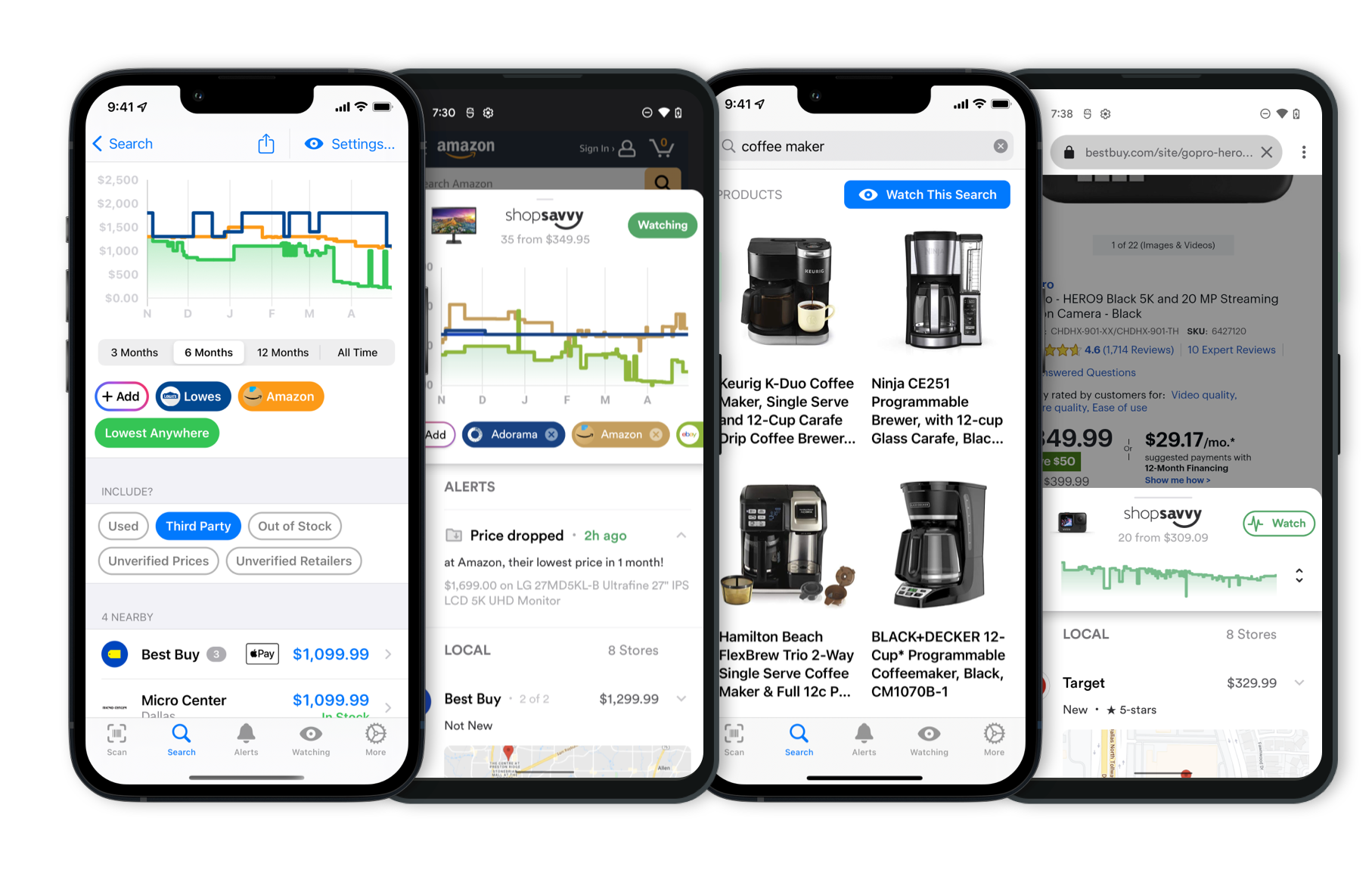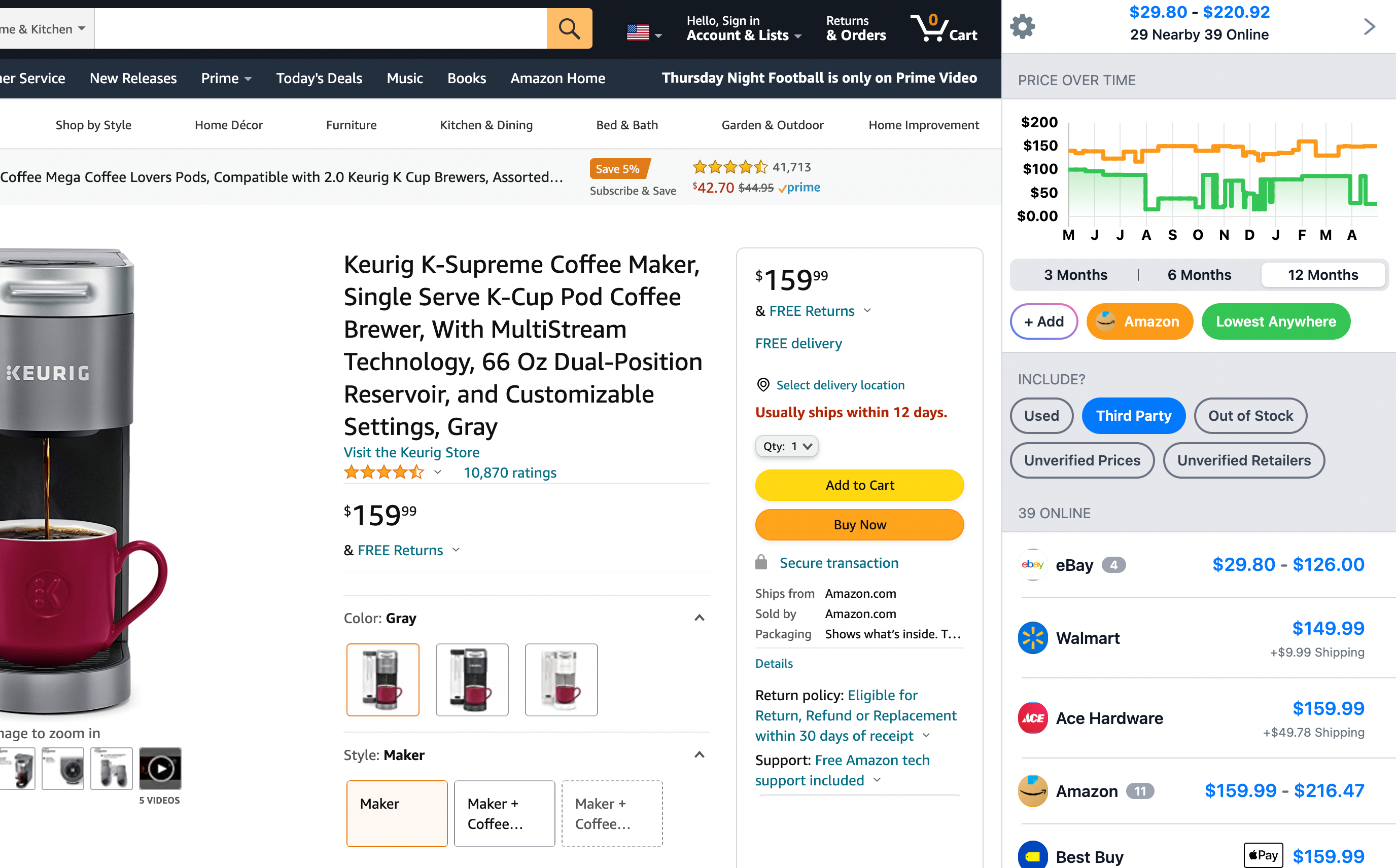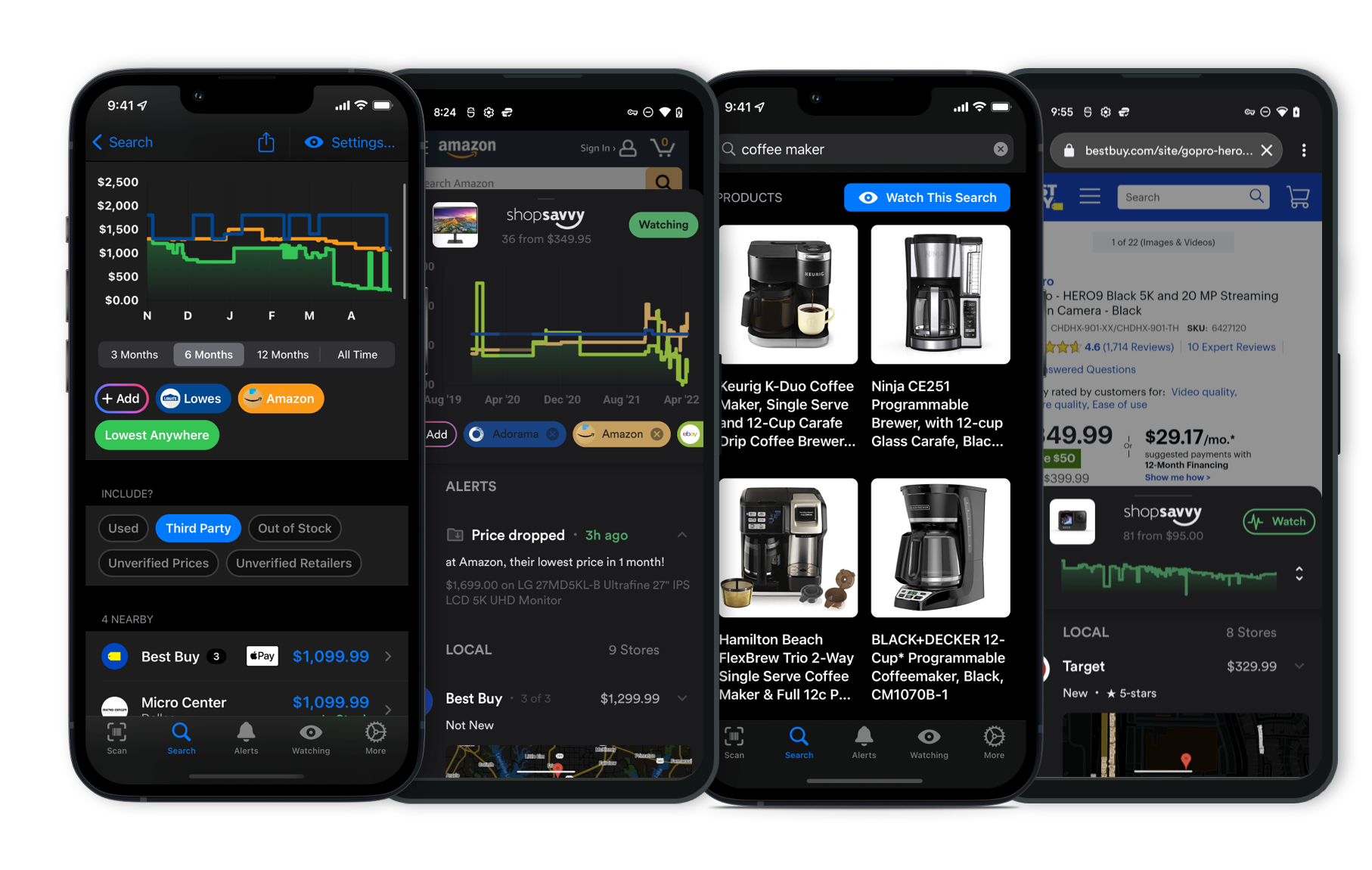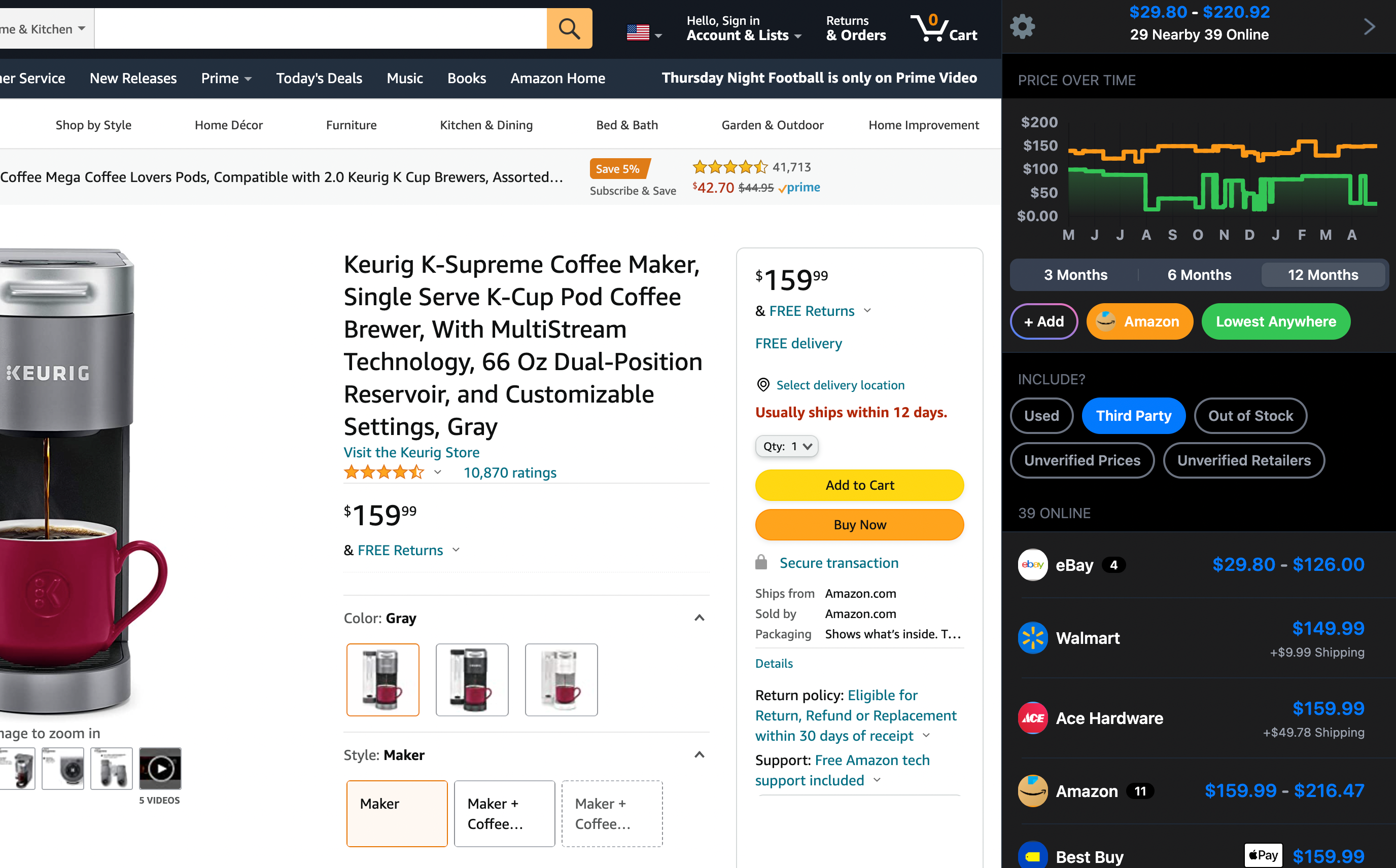How do I change the language on the Google Nest Hub (2nd Gen) from Chinese to English?

If you've opened up your Google Nest Hub (2nd Gen) and see that it’s in Chinese, don't worry—it’s happened to others too. It might be related to the global distribution of the devices.
Switching the language to English is pretty straightforward. Here’s how you can do it:
Step 1: Connect to the Google Home App
First off, make sure you have the Google Home app on your phone or tablet. You can grab it from the Google Play Store or Apple App Store if you haven’t already.
Step 2: Set Up Your Device
Open the Google Home app and kick off the setup for your Google Nest Hub. Ensure that your phone or tablet is on the same Wi-Fi network that you plan to use for your Nest Hub.
Step 3: Pair Your Nest Hub
The app will start searching for nearby Google devices. Once it finds your Nest Hub, select it to start pairing. The instructions might pop up in Chinese, but the app will guide you through in English.
Step 4: Change the Language Settings
After pairing, head to the settings menu in the Google Home app and pick your Google Nest Hub from the listed devices.
- Tap on the device name to access its settings.
- Scroll to find the language settings. Sometimes you might need to tap 'More' or 'Device settings'.
- Select English as your language.
Our research indicates the change to English should happen almost right away.
Additional Tips
-
Check the Packaging Instructions: You might find the quick setup card in your packaging helpful for navigating the menus if they’re unfamiliar.
-
Restart If Needed: If things are glitchy or if the language doesn’t switch as planned, giving your Nest Hub a simple restart might help.
-
Extra Help Needed? You can always visit Google's support site if you're stuck.
With these steps, changing the language on your Google Nest Hub (2nd Gen) should be easy. Just follow this guide and the app’s instructions, and you’ll have it set to English in no time.
Considering the Google Nest Hub (2nd Gen)?
Here's our "TLDR" Review
 Download ShopSavvy App
Download ShopSavvy AppCompare prices for anything in real-time, set price alerts, watch for deals by keyword, and much more
 Install ShopSavvy Browser Extension
Install ShopSavvy Browser ExtensionCompare and track prices automatically while you shop online at thousands of websites.
More Answers
If you're still curious about the Google Nest Hub (2nd Gen), here are some other answers you might find interesting:
What are the sleep tracking capabilities of the Google Nest Hub (2nd Gen)?
The Google Nest Hub (2nd Gen) has some pretty neat sleep tracking features, with Sleep Sensing being a standout. This technology lets you keep track of your sleep without needing to wear anything while you sleep, which is super convenient. It uses Motion Sense, backed by Soli technology, to monitor your sleep patterns. So, it offers a hassle-free way to get insights into your sleep quality.
How Sleep Sensing Works
The Nest Hub looks at your movements and breathing while you sleep. It checks out things like your breathing rate and whether you're snoring or coughing. All this data helps give you a picture of how you're sleeping, and you can see a summary of this info on the Hub's screen in the morning.
Setting Up Sleep Sensing
To get Sleep Sensing going, just set the Nest Hub on your bedside table where it can "see" you sleep. During setup, you'll lie down so it can figure out where you are. Just make sure there’s nothing blocking it from seeing you, as that might mess with motion detection.
Privacy Considerations
Privacy might be a concern, and Google seems to take this seriously. According to our research, sleep data is processed right on the device, and no audio is recorded. Only your sleep details, with your permission, get sent to the cloud for personal sleep analysis.
Insights and Data Analysis
Our research shows folks appreciate the detailed sleep insights they get. These insights help you understand your sleeping patterns over time, like changes in your sleep schedule or how often you're disturbed.
Additional Features
Beyond Sleep Sensing, the Nest Hub links up with Google Fit, which can give a more complete look at your health and wellness, combining sleep and other health metrics.
It’s nice to know the Nest Hub isn't just any old smart display; it's a handy part of your nighttime routine and fits into your lifestyle seamlessly.
Does the Google Nest Hub (2nd Gen) work with Ring doorbells and Blink cameras?
Hey! So, the Google Nest Hub (2nd Gen) is pretty versatile, but when it comes to using it with Ring doorbells and Blink cameras, things get a bit tricky.
Let's start with the Ring doorbells. Since Ring is part of Amazon's ecosystem and Google Nest Hub is part of Google's, they don't naturally play well together. But don't worry, there's a workaround. You can connect Google Assistant to your Ring account, but it's not super straightforward. You might be able to see the video feed with some commands, but it's not like the smooth experience you'd get with Alexa-enabled devices.
As for Blink cameras, it's even more complicated. Blink, also under Amazon, is designed to work best with Alexa. Right now, there's no way to easily stream Blink footage directly onto your Nest Hub. You can control some features through IFTTT (kind of a nifty tool for connecting different services), but actual video viewing isn't an option.
The Nest Hub is awesome for controlling other smart devices, especially those in Google's ecosystem, like lights and thermostats. But if you're dead set on viewing Ring or Blink footage, you might need to jump through some hoops.
To keep things simple, if seeing footage from these cameras is really important to you, you might want to consider if a different setup would suit your needs better. Just something to think about!
How do I change the language on the Google Nest Hub (2nd Gen) from Chinese to English?
If you've opened up your Google Nest Hub (2nd Gen) and see that it’s in Chinese, don't worry—it’s happened to others too. It might be related to the global distribution of the devices.
Switching the language to English is pretty straightforward. Here’s how you can do it:
Step 1: Connect to the Google Home App
First off, make sure you have the Google Home app on your phone or tablet. You can grab it from the Google Play Store or Apple App Store if you haven’t already.
Step 2: Set Up Your Device
Open the Google Home app and kick off the setup for your Google Nest Hub. Ensure that your phone or tablet is on the same Wi-Fi network that you plan to use for your Nest Hub.
Step 3: Pair Your Nest Hub
The app will start searching for nearby Google devices. Once it finds your Nest Hub, select it to start pairing. The instructions might pop up in Chinese, but the app will guide you through in English.
Step 4: Change the Language Settings
After pairing, head to the settings menu in the Google Home app and pick your Google Nest Hub from the listed devices.
- Tap on the device name to access its settings.
- Scroll to find the language settings. Sometimes you might need to tap 'More' or 'Device settings'.
- Select English as your language.
Our research indicates the change to English should happen almost right away.
Additional Tips
-
Check the Packaging Instructions: You might find the quick setup card in your packaging helpful for navigating the menus if they’re unfamiliar.
-
Restart If Needed: If things are glitchy or if the language doesn’t switch as planned, giving your Nest Hub a simple restart might help.
-
Extra Help Needed? You can always visit Google's support site if you're stuck.
With these steps, changing the language on your Google Nest Hub (2nd Gen) should be easy. Just follow this guide and the app’s instructions, and you’ll have it set to English in no time.
Explore Content
Footer 1
Published
Subscribe for Updates
Get the latest news, and updates on ShopSavvy. You'll be glad you did!





